Did you know that the ratio of the circumference (the distance all the way around) to the diameter (the distance across) of a circle is always equal to the same number? The number begins 3.14159, and no matter how many decimal places you take it to, it never ends! This crazy (well, mathematicians would call it irrational) number is called pi. Its symbol looks like this: π
March 14 (or 3/14) is Pi Day! In honor of this international celebration, we've put together some math activities for you to enjoy. For more formal math lessons, check out our Mensa For Kids lesson plans on shapes, probability, fractions, and Fibonacci numbers.
Pi Day Palooza Activity Bundle
Our Pi Day Palooza activity bundle of five no-prep, hassle-free pi-themed activities, along with a bonus coloring sheet, is included in this extension. Flip to the end to find it!
Calculate Pi
Calling all circular household items! Measure the diameter and circumference of cans, jars, glasses, bowls (even toilet bowls!), and rugs to see if you can find π in your house. To find π, divide the circumference of the circle (all the way around) by the diameter (the length from one side of the circle to the other):
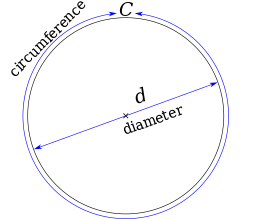
Try using several different sized circles and see how close you get to 3.14!
Pi Paper Chain
Even the youngest mathematician can participate in this activity! Different colored paper strips are paired with numbers (e.g., blue for 2, red for 4). The strips are then linked in the order of π (3.1415…). The chain can be as long or as short as time and interest allow.
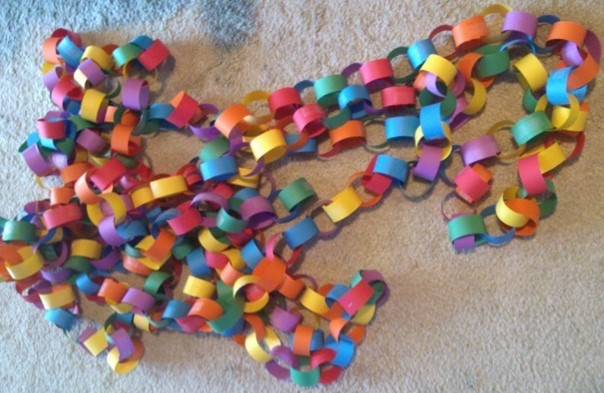
What you need:
What you do:
How long can you make it? Here are the first 500 decimal places to get you started:
3.1415926535897932384626433832795028841971693993751058209749445923078164
062862089986280348253421170679821480865132823066470938446095505822317253
594081284811174502841027019385211055596446229489549303819644288109756659
334461284756482337867831652712019091456485669234603486104543266482133936
072602491412737245870066063155881748815209209628292540917153643678925903
600113305305488204665213841469519415116094330572703657595919530921861173
819326117931051185480744623799627495673518857527248912279381830119491
A Homemade Spirograph
All it takes is a few minutes with a Spirograph to remind you how fun drawing a plain circle can be!
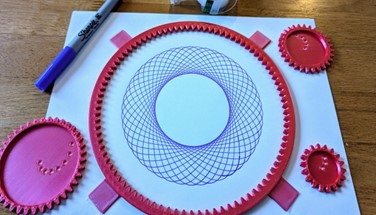
What you need:
What you do:
Use Martin Gardner's Spirograph to see that same idea on the computer.
(We need to give credit for this idea to Martin Gardner, a mathematician who wrote about cool things to do with math in Scientific American).
Pilish Poetry
Pilish is a form of writing based on pi. When writing in Pilish, the number of letters in each word used correspond to the digits in pi, meaning the first word will have 3 letters, the second 1 letter, the third 4 letters, until you’ve reached a stopping point. For an example:
Was I just a happy jellyfish, so bouncy, light, and small, drifting clockwise however aimlessly, sea to sea, evermore.
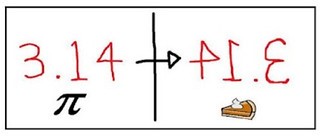
There are a few forms of Pilish – Basic Pilish, which treats every 0 digit in pi as a 10 letter word, and no words greater than 10 letters are used, and Standard Pilish, which allows writers the freedom to combine smaller consecutive numbers (like 1 and 2) into a single 2 digit number (like 12) so words with more than 10 letters can be incorporated. Pilish can also be Alphabetic, which uses only letters and ignores numbers, or Alphanumeric, which counts numbers as letters as well.
Pilish can be used as a mnemonic device to help memorize the digits of pi. Try writing your own poem or story in Pilish – see how many digits you can get to! Use this online Pilish Checker to make sure you haven’t miscounted your letters. Note: this tool uses Alphanumeric Standard Pilish, so if you’ve written your poem using Basic and/or Alphabetic Pilish, it may not work.
Pi Art
Channel your inner artist and create something beautiful for Pi Day. There are lots of ways to incorporate art into your Pi Day celebrations. Here are some examples:
Pi Tape Resist Art
What you need:
What you do:
Pi Calligram
A calligram is a type of artistic poetry that mixes words with visual art – artists create an image made entirely out of words that describe, relate to, or in some way represent the subject of the image.
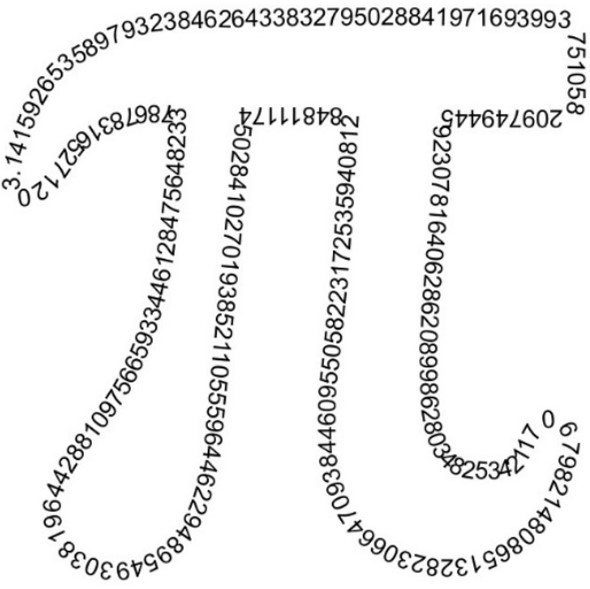
What you need:
What you do:
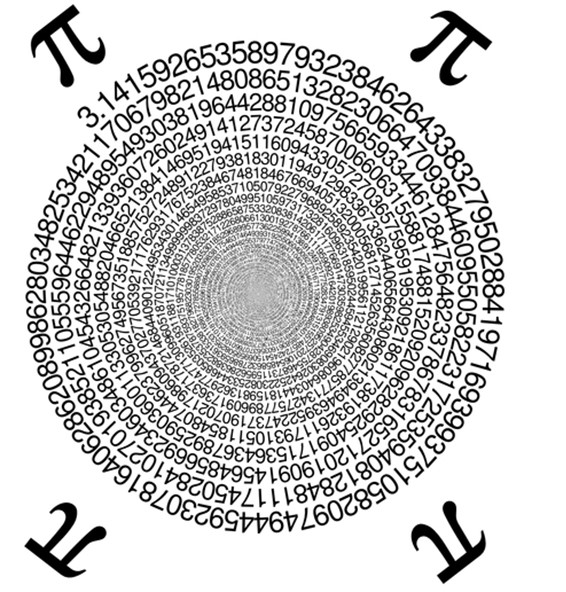
Pi in the Sky
Turn a bar graph made of pi’s digits into a city skyline.
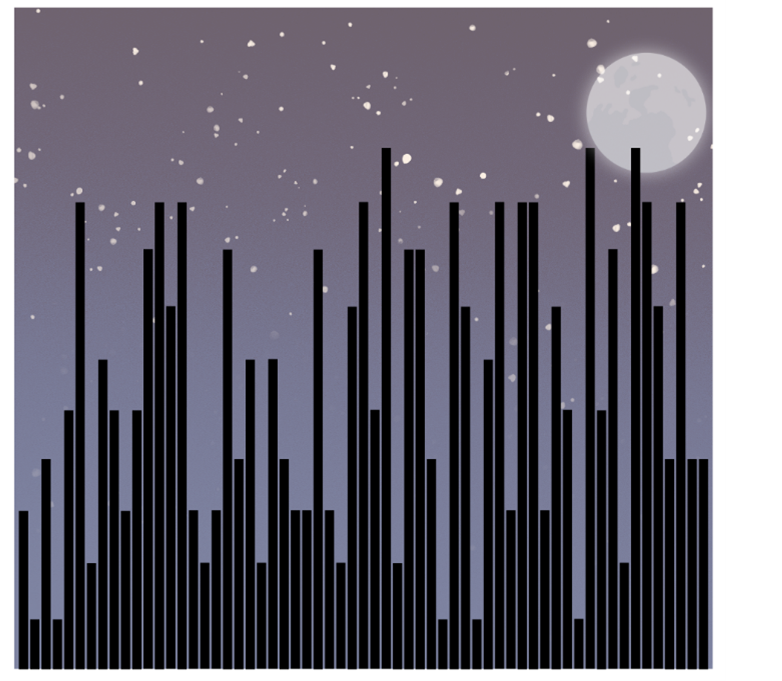
What you need:
What you do:
Pi Around the Web
Looking for more Pi Day fun? Check out these websites:
Pi Day at the Exploratorium - Pi Day history and activities, courtesy of the museum where Pi Day began
The NASA Pi Day Challenge – Solve problems using pi just like a NASA scientist
Your Pi Birthday – Calculate your age in pi years
Pi Day Facts – 25 fun facts about pi and Pi Day
The Pi Game – See how many digits of pi you know!